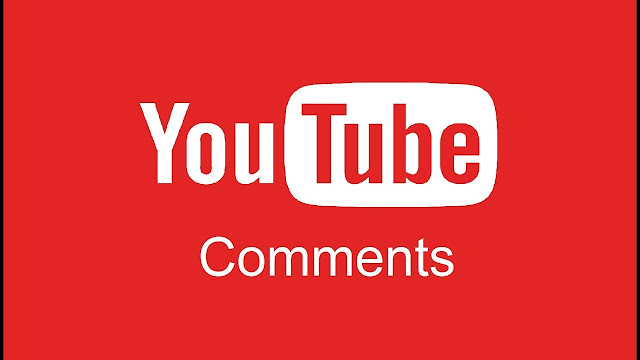Media Globalization and Translanguaging
Joined with an interactional perspective on learning, an interactional perspective on YouTube clarifies how
YouTube remarks can include learning. The possibility of translanguaging is the third component in the hypothetical system for this examination, which, together with the possibility of media globalization, clarifies how YouTube remarks come to include language and intercultural learning. Media globalization alludes
to the business and social practices through which broad communications items and administrations are progressively
intended for worldwide conveyance and activity. Over the previous decade, this has been particularly clear in the improvement of web-based social networking, for example, Facebook, Twitter, and YouTube. On account of YouTube it
takes the types of a belief system of worldwide network (YouTube portrays itself as "a gathering for individuals to started when YouTube was taken over by Google in 2006. This system includes the advancement of
..numerous language interfaces and privately based administrations around the globe (Hollis, 2008), which implies that
YouTube is presently ready to guarantee that it is confined in 61 nations and crosswise over 61 dialects and that 80% of its traffic originates from outside the US (YouTube). The quick worldwide extension of YouTube has
without a doubt contributed a lot to the spread of English-language media, for example, news administrations, TV appears, and mainstream music, however media globalization is a multi-directional procedure that additionally makes media in dialects other than English all the more generally accessible. One essential impact of the worldwide extension of
YouTube has been the improvement of video sorts including translanguaging that misuse the smoothness with which YouTube now handles correspondence crosswise over language and social partitions.
Translanguaging is an ongoing term that is both hard to characterize and hard to isolate from contending customarily the case, however as one etymological collection with highlights that have been societally developed as having a place with two separate dialects" The term is utilized here to cover a scope of practices that
include moving between or crosswise over dialects, including code-exchanging, multi-party discussions in
which more than one language is utilized, exercises, for example, watching a subtitled film, and different sorts of multilingual language play.
Recent Posts
[3,recent-posts]
Archive
Categories
Design

Copyright ©
Almuhdi Blog





No comments